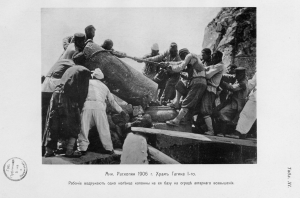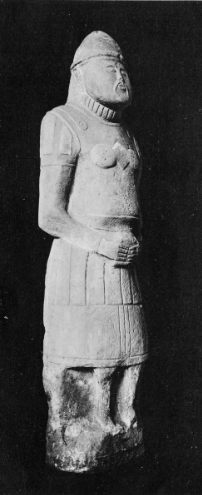Current Research
“Excavating Empire”:
I am working on a manuscript that analyzes how tsarist Russia’s archeologists constructed an “imperial imaginary”; by this I mean, how they generated a set of values and symbols that allowed subjects of the Russian tsar to recognize themselves as members of a multi-national, multi-confessional empire whose roots stretched back not just centuries, but millennia. The 19th century was marked politically by the rise of nationalism, spearheaded by Western European states who declared the nation-state to be the epitome of modernity. Russian archeologists argued against what they considered

a pervasive eurocentrism in theorizing about national identities, and I hypothesize that they created a space in which nations co-existed contentedly within empires. Archeology, one of the 19th-century’s emergent “knowledge professions,” played a pivotal role. Participants in the century’s epistemological shift away from text to material artefact as the primary unit of analysis, archeologists pushed forward the evolution of modern social sciences: that is, they offered new approaches to the study of societies, purportedly more accurate because their work derived from empirical data rather than from philosophical evidence.
